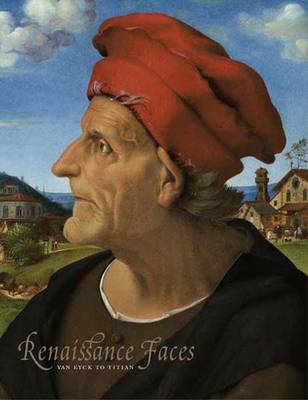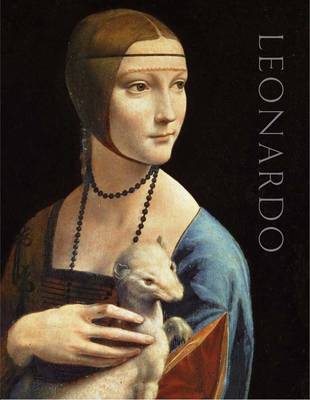National Gallery London Publications
2 total works
Renaissance Faces
by National Gallery Company Limited, Lorne Campbell, Miguel Falomir, Jennifer Fletcher, and Luke Syson
This comprehensive survey traces the development of portrait painting in Northern and Southern Europe during the Renaissance, when the genre first flourished. These two regions developed their own distinct styles and techniques but were also influenced by one another in fascinating ways. In essays that focus on the intriguing relationship between artists working in Italy and northern Europe, renowned specialists analyze the notion of likeness––which, during this time, was based not only on accurate reference for posterity but also incorporated all aspects of human life, including propaganda, power, courtship, love, family, ambition, and hierarchy––through magnificent works by artists including Giovanni Bellini, Sandro Botticelli, Lucas Cranach, Albrecht Dürer, Jan van Eyck, Leonardo da Vinci, and Titian, among many others.
The authors address different portrait types, styles, techniques, and iconographies, and discuss the connections between painting and sculpture and portrait medals. This stunning book also addresses the evolution of the full-length portrait and the “anti-ideal” in counter-portraits, which depict court jesters and dwarves. In these often satirical representations, painters could show off their skills as recorders of likeness without the restrictions imposed by idealization.
Published by the National Gallery Company/Distributed by Yale University Press
Exhibition Schedule:
National Gallery, London
(10/15/08–01/08/09)
Museo Nacional del Prado
(06/03/09–09/07/09)
Leonardo da Vinci's reputation as an inventor and scientist, and the complexity of his creativity and personality, have sometimes almost overshadowed the importance of his aims and techniques as a painter. This catalogue focuses on a crucial period in the 1480s and 1490s when, as a salaried court artist to Duke Ludovico Sforza in the city-state of Milan, freed from the pressures of making a living in the commercially minded Florentine republic, Leonardo produced some of the most celebrated—and influential—work of his career. The Last Supper, his two versions of The Virgin of the Rocks, and the beautiful portrait of Ludovico's mistress, Cecilia Gallerani (The Lady with an Ermine), were paintings that set a new standard for his Milanese contemporaries. Leonardo's style was magnified, through collaboration and imitation, to become the visual language of the regime, and by the time he returned to Florence in 1500, his status had been utterly transformed.
Published by National Gallery Company/Distributed by Yale University Press
Exhibition Schedule:
National Gallery, London
(11/07/11–02/05/12)

